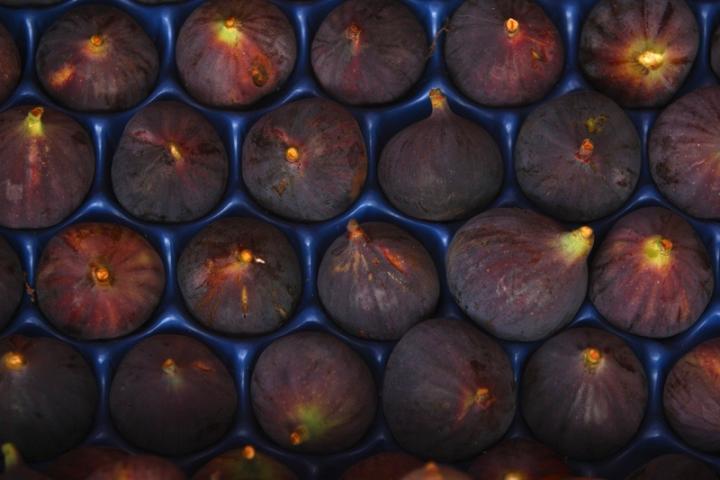
Figs are a delicious treat that has tropical and subtropical origins. They thrive in areas with long and hot summers, though they can also be grown in containers. Figs can be eaten fresh from the tree, preserved, or used in cooking.
Planting
- The common fig tree is the best choice to plant because its flowers are all female, meaning that they do not need another tree to create the fruit.
- For container fig trees, grow them in soil-based potting mix and add fine bark chips. Keep the tree in full or filtered light. Be sure to add a high-nitrogen fertilizer every 4 weeks and water the tree moderately. It is important to keep the tree moist during the winter.
- For outdoor fig trees, plant the tree in the spring in full or partial sun. Fig trees can grow in any type of soil as long as the soil is well-drained and contains plenty of organic material.
- For container-grown trees, remove the plant from its pot and remove any circling roots by laying the root ball on its side and using shears to cut through the roots.
- Dig a hole that is a few inches deeper and wider than the spread of the roots. Set the tree on top of a small mound of soil in the middle of the hole. Be sure to spread the roots away from the trunk without excessively bending them.\
- Plant the tree 2 to 4 inches deeper than it was originally in the pot (check the color of the trunk to see the original soil line).
- Space the tree about 20 feet away from any buildings or other trees.
Care
- Be sure to water the young trees regularly to help them become established. In areas with dry climates, water fig trees deeply at least once a week.
- Unless grown in containers, most fig trees do not require regular fertilization. However, if your fig tree is not growing much (less than 12 inches in one growing season), you can add ½ to 1 pound of nitrogen. Divide up the nitrogen into 3 to 4 feedings. Start applying the nitrogen in late winter and end in midsummer.
- You can also apply a layer of mulch around the tree to help prevent weeds and keep in moisture for the roots.
- Fig trees require little pruning. During the dormant season, be sure to remove all dead, diseased, or weak branches to encourage growth.
- If you have an abundant growth of figs, you can thin the fruit to encourage larger figs.
Pests/Diseases
- Nematodes
- Leaf spots
- Rust
- Thrips
- Twig dieback
Harvest/Storage
- You should harvest figs when they are fully ripe. The figs should be fully colored and slightly soft to the touch.
- When picking figs, wear gloves or long sleeves because the sap from the tree can irritate your skin.
- Figs are very perishable. Store figs in the refrigerator; they will keep for 2 to 3 days.
- For long-term storage, you can freeze figs whole for later use. Another storage method is to dry the figs. You can also can your own figs.
Recommended Varieties
- ‘Brown Turkey’, which produces abundant medium to large fruits. This type works best is warm climates.
- ‘King’, which is well adapted for the cooler conditions found in the northwest. It produces medium fruit that are sweet and rich in flavor.
- ‘Kadota’, which vigorously produces small to medium fruit. Its figs are rich and sweet, and it is the most commonly canned fig.
Wit & Wisdom
Figs are an excellent source of potassium, dietary fiber, and calcium.
You can’t grow figs from thistles.






